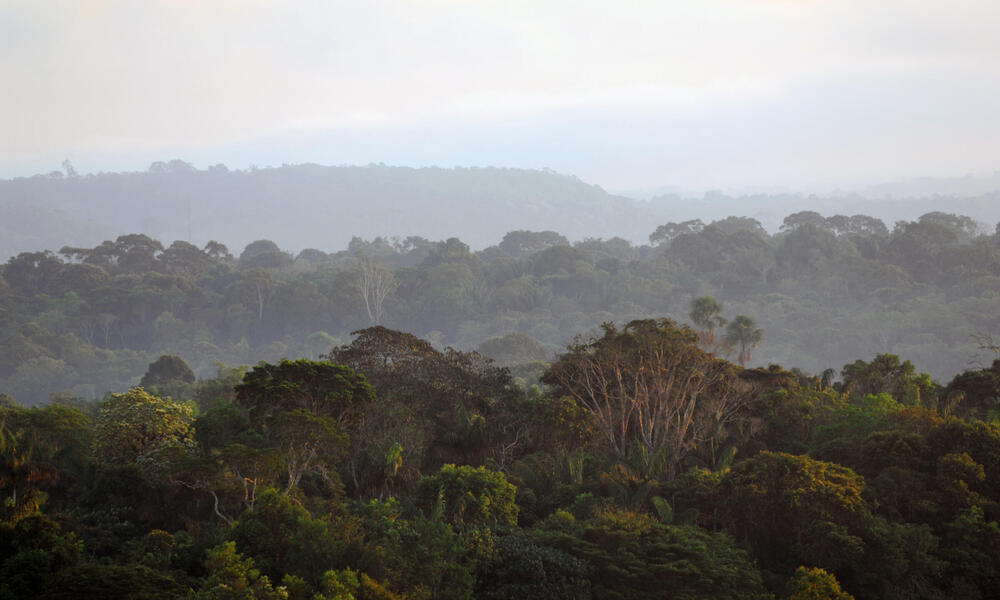How much forest land—and what quality—is needed to ensure forests can continue to provide people, plants and animals worldwide with the clean air and water, food and other “services” they need to thrive? In other words, what are the ecological tipping points for forests that we need to stay well above?
Through a new collaboration between WWF and International Paper (IP)—a participant in WWF’s Global Forest & Trade Network program and one of the world’s largest packaging, pulp and paper companies—research and assessments will be undertaken with a number of entities to help come up with the answer. This information will be used to create the world’s first regional and global science-based targets for forests, as well as the first comprehensive set of guidance on actions that can be taken to sustain the world’s forests. We currently refer to these as “forest positive” actions.
Among the actions—which can be taken individually or collectively by companies, governments, NGOs and others—are investing in responsible forest management, supporting jurisdictional approaches to forest conservation, restoring forest land, and raising awareness about forests with consumers.
The collaboration also will bring one such action to life—investing in a new ambitious restoration project in a 5,584 square mile river basin called the Mogi Guaçu, which is in the Atlantic Forest of Brazil. The Atlantic Forest (spanning Brazil, Paraguay and Argentina) is within one of the 11 deforestation fronts identified by WWF, the areas where most deforestation is expected by 2030 if new approaches to forest conservation are not adopted. Yet it is one of the most important forests. It provides water for 60 percent of Brazil’s population and is home to many species, including pumas, anteaters and woolly spider monkeys, as well as several bird species found nowhere else on the planet. The hope of WWF and IP is that the restoration project will inspire other entities to invest in forest restoration in Brazil and beyond.
Through the collaboration, IP demonstrates that investing in the long-term sustainability of natural resources, including forests, makes economic sense. IP, for example, relies on the water and other services that these forests provide to produce paper and other fiber-based products that people depend on every day.
It also highlights the vital role companies play in ensuring forests do not reach their ecological tipping points. It is especially important for US companies to act, as the US is home to some of the world’s largest companies that depend directly or indirectly on forest resources. As a result, they have tremendous power to drive change at the global level—such as in achieving the Sustainable Development Goals—and local level.
